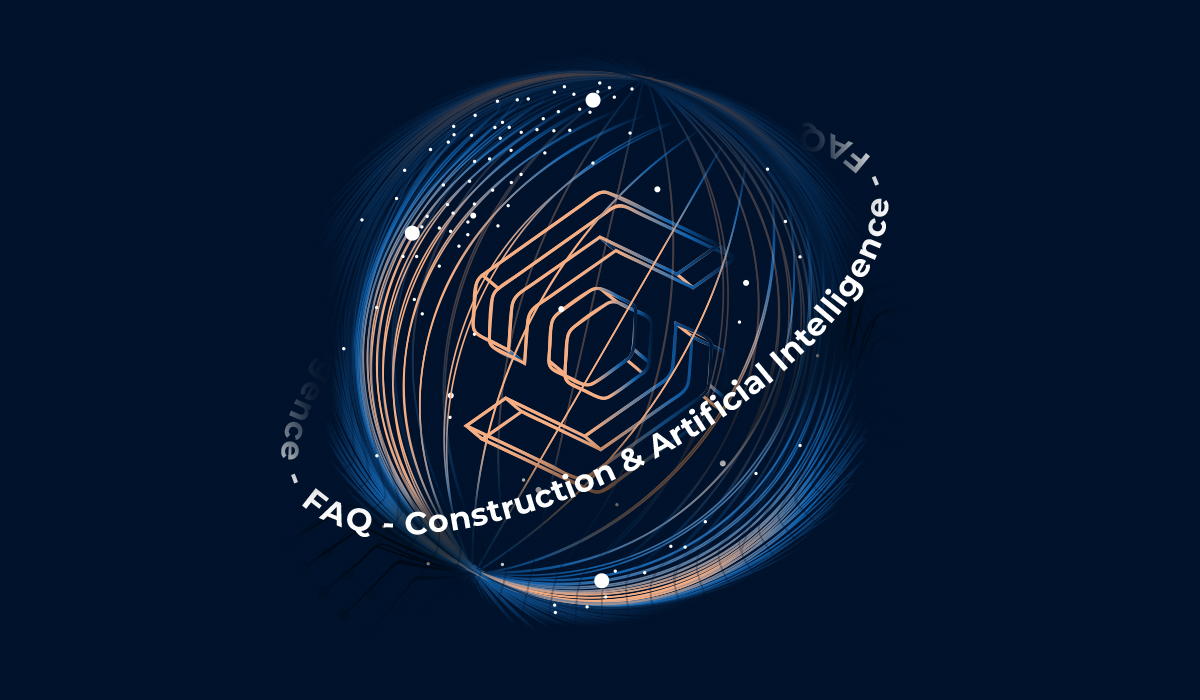How many types of artificial intelligence are there?
Artificial Intelligence is often categorized into two main types.
1. Narrow AI (ANI, Artificial Narrow Intelligence):
➡️ This is the AI that currently exists. It relies on algorithms for task automation. The learning capability of this form of AI enables tasks such as decision-making for autonomous vehicles and virtual assistants (e.g., Amazon’s Alexa). This form of AI also includes “generative” applications like ChatGPT (text) or Midjourney and Dall-E (images).
2. Strong AI, composed of General AI (AGI) and Artificial Superintelligence (ASI):
➡️For now, at the theoretical stage, it involves imagining a machine capable of thinking equivalent to humans. It would possess its own consciousness and be capable of emancipating itself from the data initially integrated into it. Strong AI would also be able to fully mimic human reasoning: planning for the future, problem-solving, questioning, or even expressing an opinion.
AI operates through algorithms, which are based on specific techniques such as Machine Learning and Deep Learning, a subcategory of Machine Learning.
What are the applications and uses of AI in the construction industry?
In construction, AI can intervene at various stages of a project to optimize planning, costs, resource management, and safety:
- During the design phase, to assess the feasibility of a project and execute it efficiently. This includes software for infrastructure design conforming to BIM processes, allowing better simulation and visualization of the project in 3D, as well as improved coordination among project stakeholders.
- For quickly identifying and selecting relevant tender calls for the company.
- During project execution: some AI, through cameras installed on construction sites, can detect anomalies such as a worker being under a heavy load or faulty equipment.
- For building maintenance and operation: monitoring energy consumption, anticipating technical failures (e.g., elevator breakdowns).
Is AI present in Sogelink solutions?
AI is present in some solutions, such as Scodify, our solution for automating the transformation of data from CAD plans into 100% compatible GIS data.
Indeed, thanks to Machine Learning, Scodify can interpret and automatically recognize elements of a plan (pipelines, networks, etc.) and standardize them to generate a single plan. The strength of this technology is that it learns and strengthens its knowledge with each new plan integrated into the application, regardless of its graphical charter.
Scodify not only uses Machine Learning but also has AI capable of linking text to the correct element of a plan or transforming the drawing of a network into a topological graph.
Does Sogelink plan to integrate AI more into its solutions?
Sogelink has recently established an “Innovation Center,” an internal incubator with its own team dedicated to researching various topics, including AI, with the aim of offering solutions in line with new technologies while addressing business challenges.
Some of our solutions stem from our Innovation Center and examples of its success:
- Scodify, which automatically standardizes our clients’ network plans to make them compatible with all GIS, thanks to Machine Learning.
- Bloc in Bloc, our augmented reality solution, which enables our clients to save considerable time in building inspection by detecting potential anomalies more quickly and efficiently.
- Geosnap, the solution that allows capturing point clouds from a smartphone, drone (as was the case during the 2023 modeling of Mont Blanc), or tablet to obtain a precise and georeferenced 3D model of their construction site in real-time.
